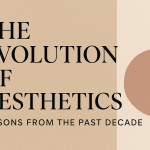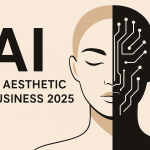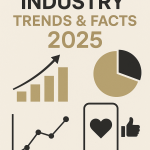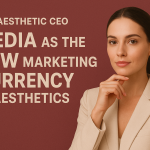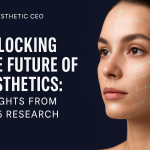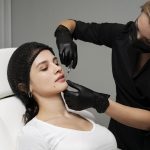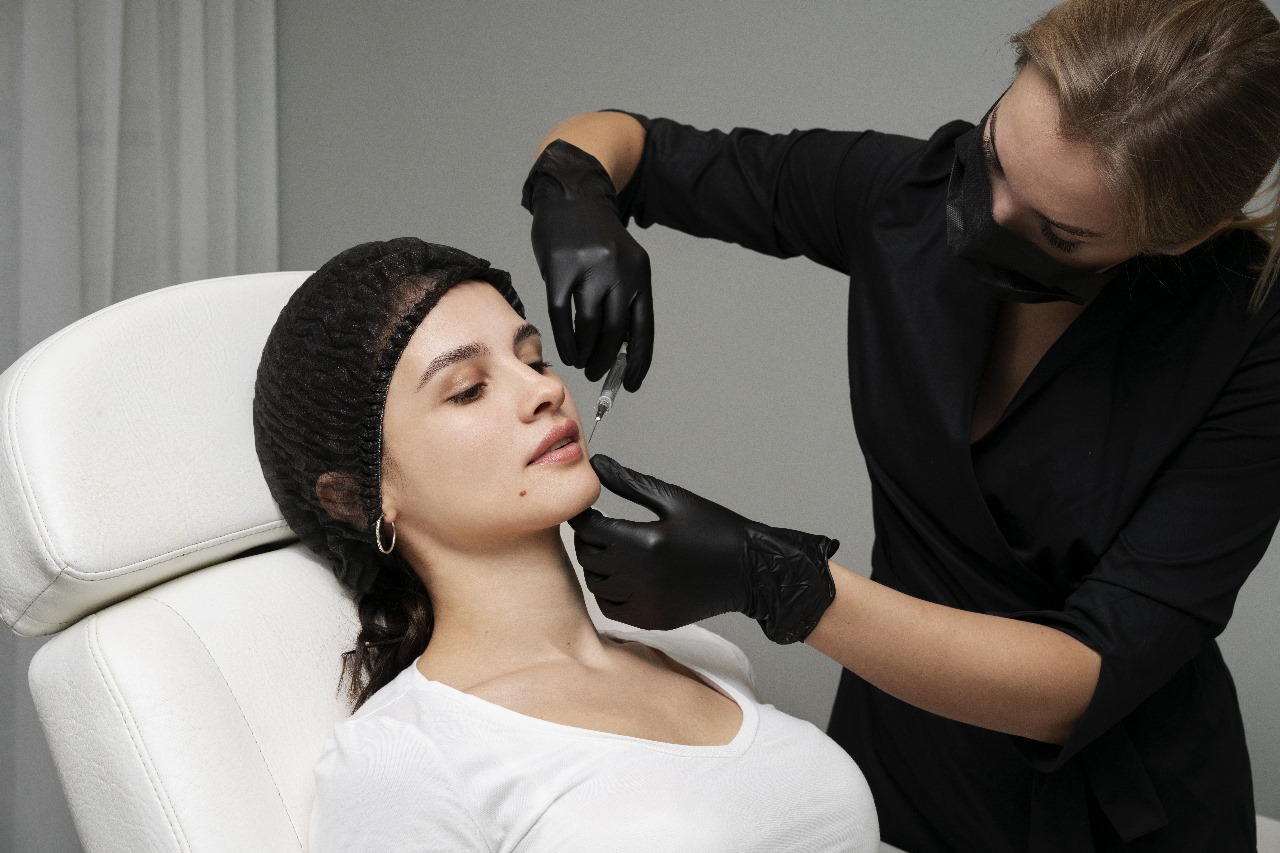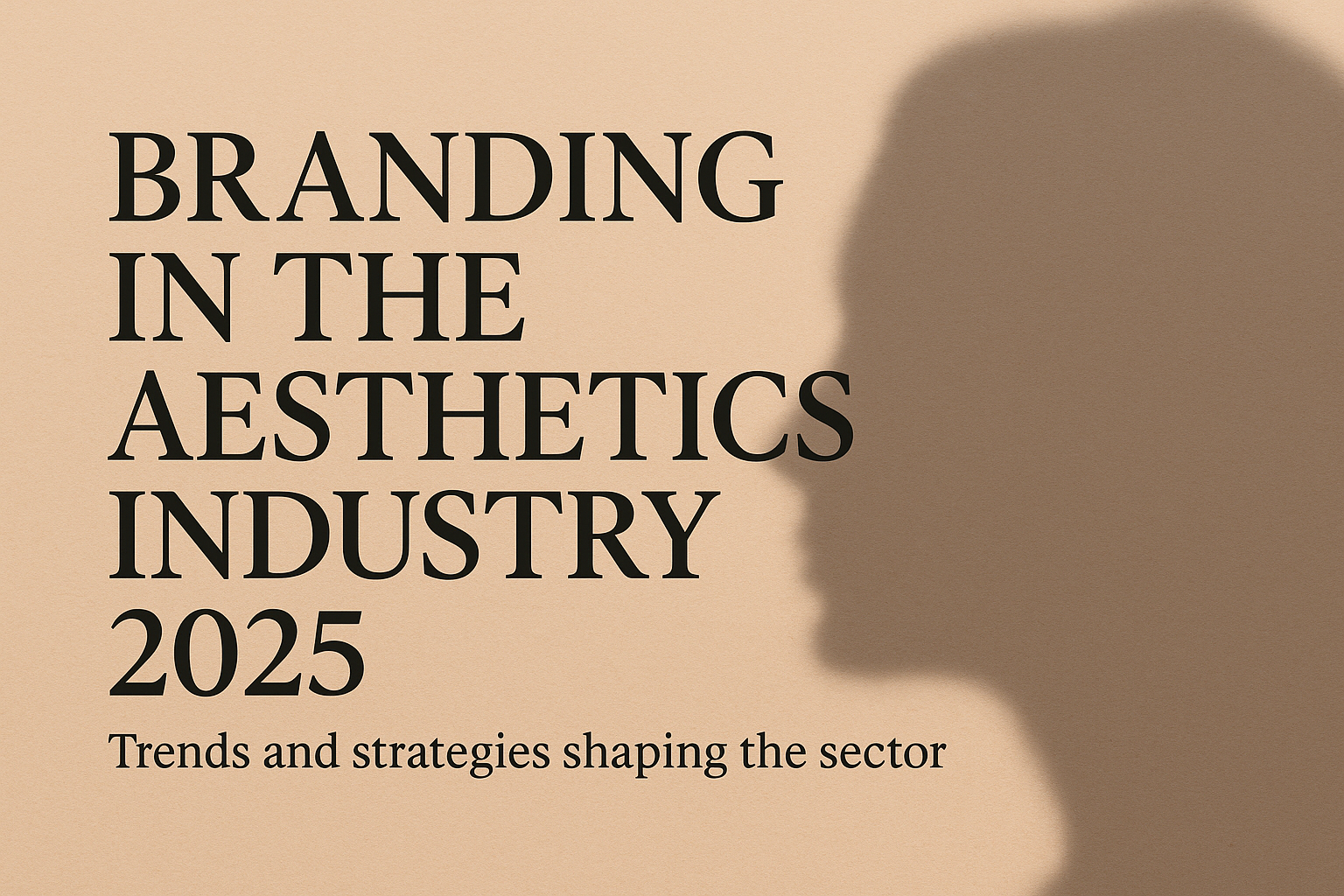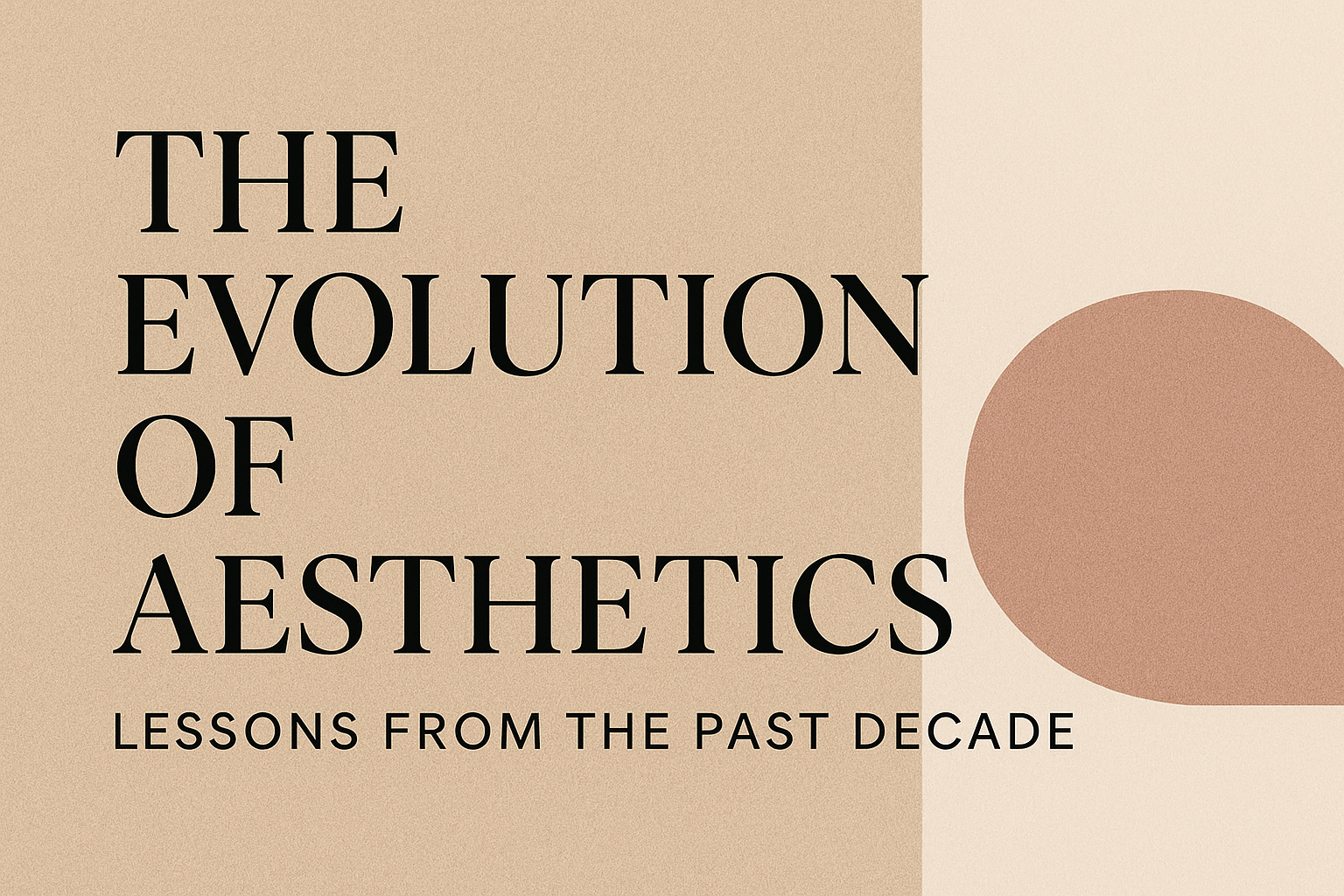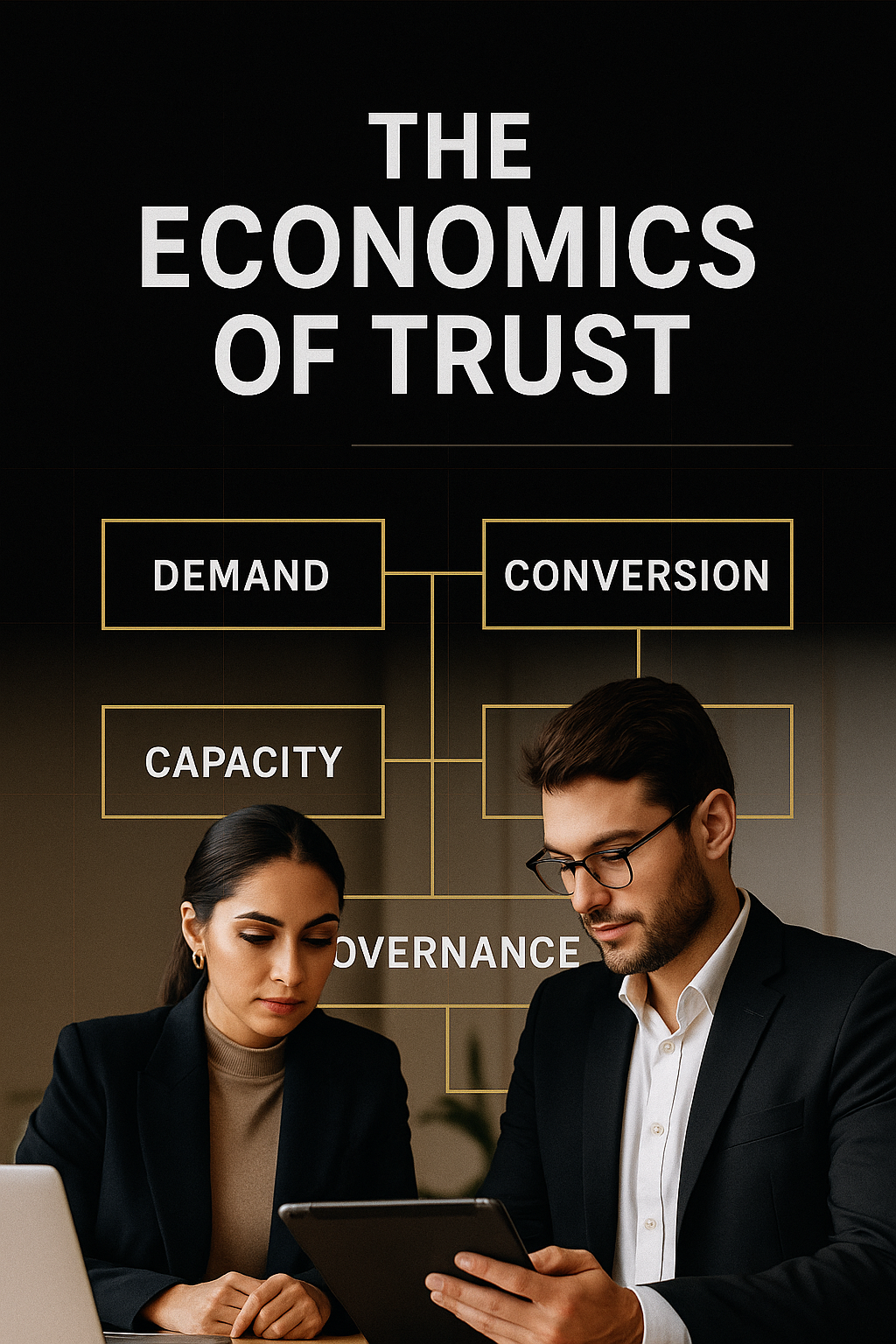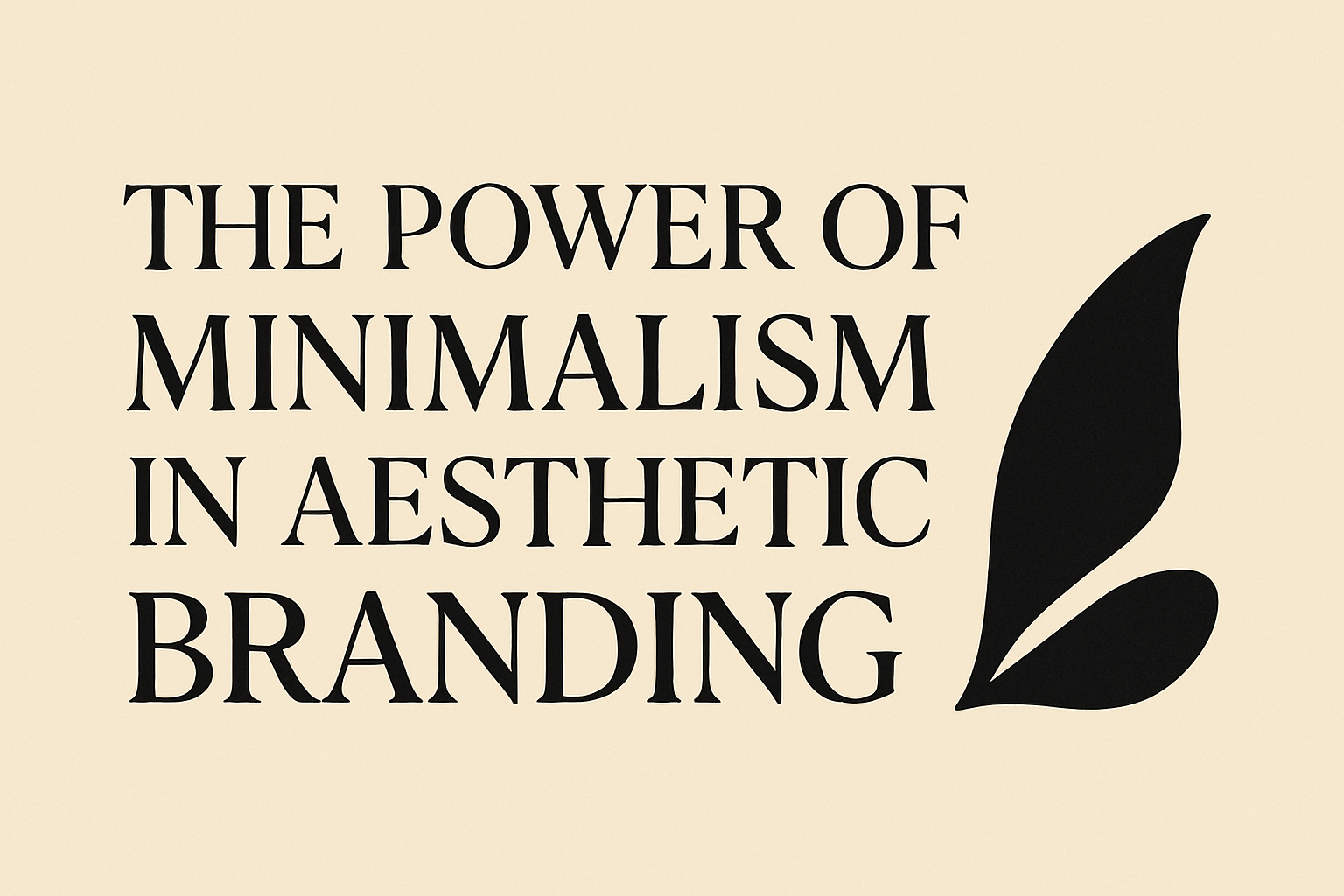The aesthetics industry is witnessing a generational shift. No longer confined to corrective treatments or age-reversal procedures, younger generations—particularly Millennials and Gen Z—are reshaping the conversation. Preventative aesthetics, once considered niche, is now a mainstream choice. From subtle injectables to non-invasive skin therapies, these demographics are embracing early interventions not to transform, but to preserve and protect.
The Shift Toward Prevention
Traditionally, aesthetics was associated with treating visible signs of ageing. However, Millennials and Gen Z are adopting a forward-looking mindset. They view aesthetics as part of self-care, much like fitness, nutrition, or skincare routines. Preventative measures—such as “baby Botox,” collagen-stimulating treatments, and laser therapies—are being used to delay the need for more intensive procedures later in life.
Factors Driving the Trend
-
Cultural Awareness: With the rise of social media and visual platforms, appearance plays a central role in personal branding. Younger generations see aesthetics as an investment in confidence.
-
Accessibility: Advancements in technology and an increase in clinics have made treatments more affordable and less intimidating.
-
Education: Exposure to online information has demystified aesthetics. Consumers are more informed about risks, benefits, and long-term strategies.
-
Holistic Approach: Millennials and Gen Z often combine medical aesthetics with wellness practices such as nutrition, supplements, and fitness for a more integrated lifestyle.
Preventative Aesthetics as a Lifestyle
Unlike older generations who typically sought treatments reactively, today’s younger clients see aesthetics as an extension of routine self-maintenance. The trend mirrors the rise of gym memberships and organic skincare—a proactive investment in wellbeing. Preventative treatments are rarely about drastic change; instead, they emphasise natural results and gradual improvement.
Industry Implications
For clinics and practitioners, this generational shift requires a tailored approach:
-
Education-led Marketing: Transparent, evidence-based communication resonates with informed younger audiences.
-
Accessible Entry Points: Affordable and minimally invasive treatments can serve as gateway services.
-
Community Building: Social media engagement and peer-driven recommendations heavily influence this demographic.
Conclusion
Millennials and Gen Z are redefining what aesthetics means. Their preference for preventative measures reflects a broader cultural shift toward self-care, health, and longevity. For the industry, it signals not just a trend but a transformation—one where beauty is no longer about correction, but preservation.



